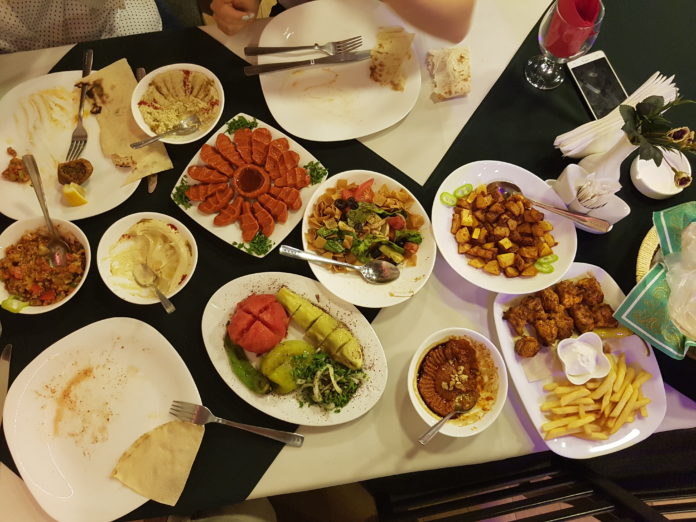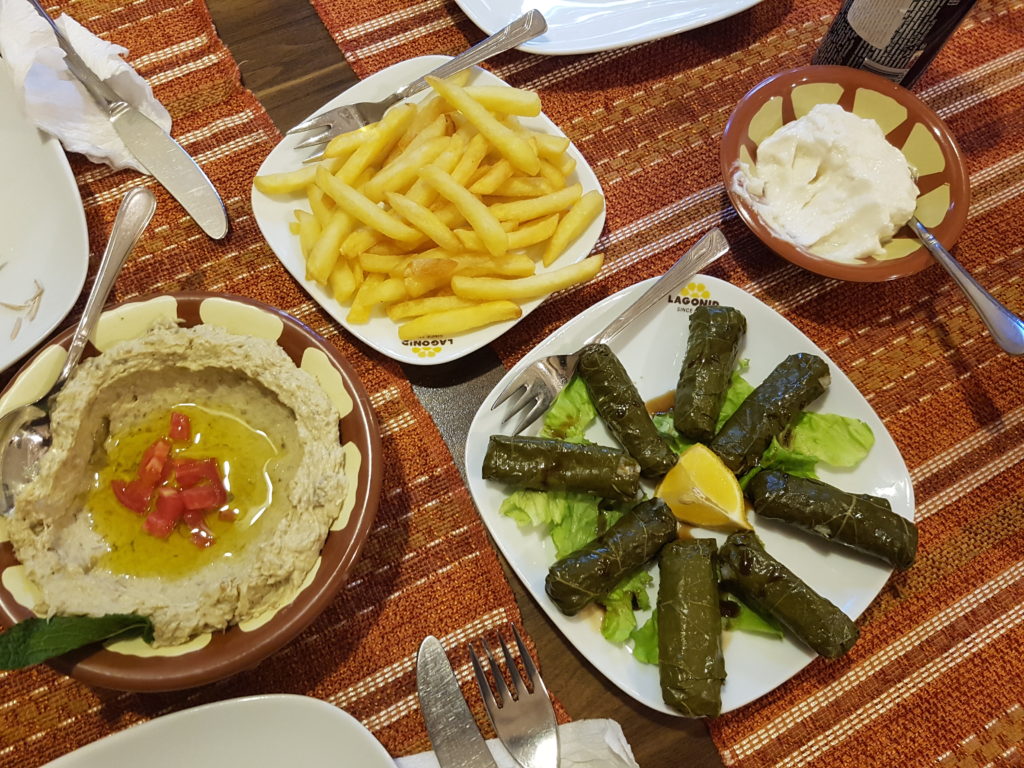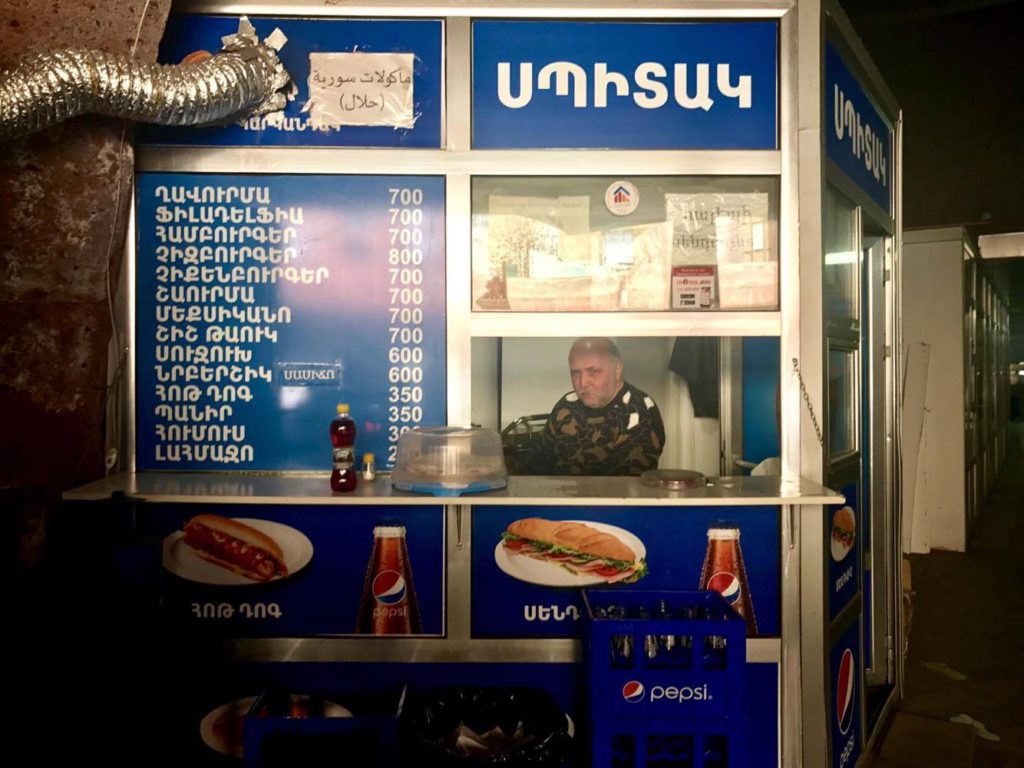By Uğur Ümit Üngör
Yerevan: From Culinary Desert to Oasis
The first time I visited Yerevan was for the fieldwork for my Ph.D. research in the summer of 2006, when I took the tantalizingly slow Soviet night train from Tbilisi. Back then, the choice of restaurants was so limited that I distinctly remember going to bed some nights with a bag of soggy Russian crackers. Fortunately, those days are over, and nowadays, Yerevan must be considered a culinary destination, for it boasts a very wide range of cuisines: Russian, Iranian, Lebanese, French, Georgian, ‘Caucasian’, Italian, Iraqi, Mexican, American, Chinese, Japanese, etc. Once, I even spotted a tiny Indian mom-and-pop curry house on Komitas Avenue. Indeed, this time around, as I came to stay in Yerevan for a writing retreat of two months, I was ready to let the city surprise me.

Due to the Syrian conflict, the latest addition to Yerevan cuisine is Syrian food, especially the rich cuisine of Aleppo. The number of Syrian restaurants has grown so much, that in downtown Yerevan, one is really never more than two blocks away from a very decent plate of hummus and shawarma. Syrian cuisine is not new to Armenia though: waves of Middle Eastern, including Syrian, Armenians had already arrived from 1946 on as part of the Soviet policy of “repatriation.” Locals mocked their food as akhparakan dishes, a little too Arabian for the Soviet palates. But the food that they brought were fundamentally Western Armenian dishes that in Aleppo had melted into a unique blend of Anatolian and Syrian cuisine. Now that hybrid cuisine had come to Yerevan, it was changing the city for the better. It inserted the best of Syrian cuisine into Armenia, and the locals claim that it also brought middle-class affordability and flair to the Yerevan food scene. At the same time, this last migration wave also offered employment, and when my Arabic fell on deaf ears, I realized that lots of waiting staff in Syrian restaurants are Hayastantsi.
A Disclaimer
But how good is Syrian food really in Armenia? With all this new gastronomic buzz in town, I decided to spend my time not only writing my next book, but also reviewing the new Syrian restaurants. Now, I need to offer a disclaimer: this is not an exhaustive list of every single place that offers Syrian-Armenian dishes. Nor does it properly tackle two distinct categories that are slightly special, but for which the Syrian connoisseur will rightly forgive me: Syrian fast-food snackbars, and the unmistakably Lebanese places. For example, Adzoukh, Tumanyan Shaurma, and Abu Hagop Sandwich are examples of the first category: they offer delicious, folksy snacks in fresh Arabic bread in a no-frills environment, just like in the streets of Damascus.













